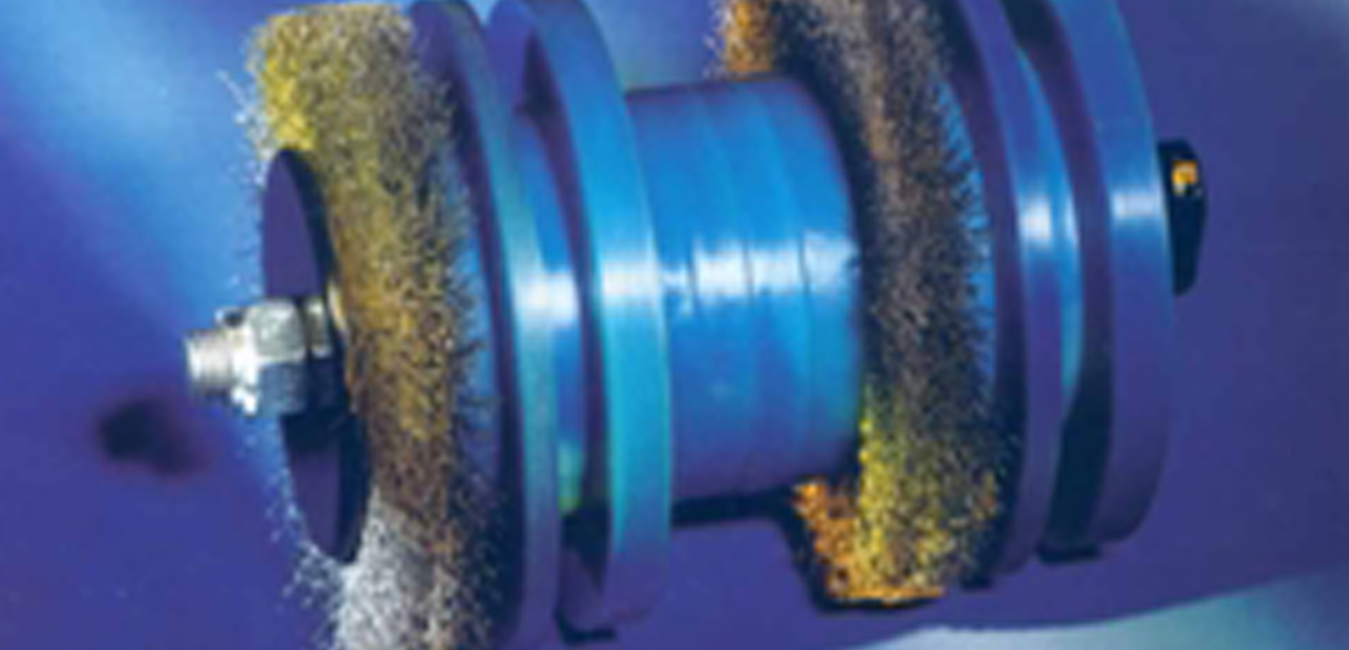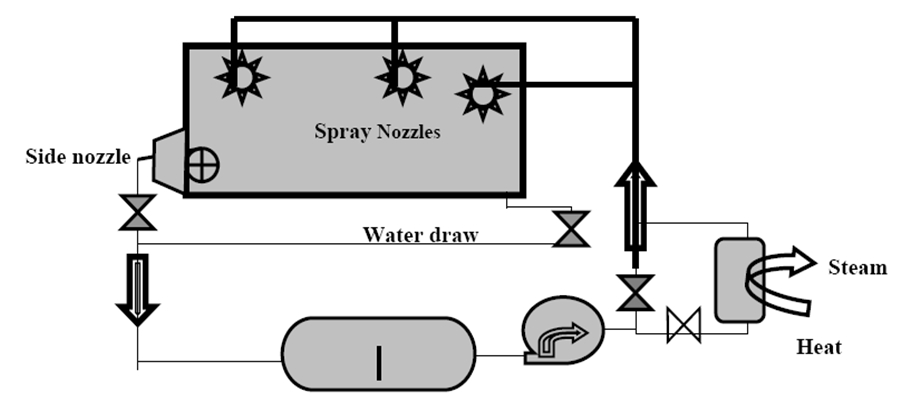
 General tank cleaning practices adopted by Total Reliable Solutions Services.
General tank cleaning practices adopted by Total Reliable Solutions Services.
It is in the best interest of the customer to recover as much oil as possible without significant solids contamination. This oil can be economically processed as crude unit feed rather than as a slop stream which is usually a refinery bottleneck. The crude remaining in the tank is diluted with an available hydrocarbon like diesel, kerosene or jet fuel and is pumped off until analysis shows that the crude available above the sludge is minimized. This is done in a bath process, and permits maximum economic oil recovery.
The next step is to introduce water and JPX into the tank to wash the sludge and float the dispersed oil to the surface for recovery. In order to contact the sludge with wash mix, the sludge must be agitated to facilitate wash penetration. This is accomplished in various ways like : side entry mixers, butter worth type mixers, and rotary nozzles inside man ways or the roof ports. Many different types of rotating nozzles are available to agitate the sludge and allow wash mix contact. The number and location of the nozzles as well as flow rates would depend on the tank's access port number and location. The wash sludge mix is pumped from the tank and decanted to recover the oil and settle the sludge. If sour odors are present, then an additized version of JPX, JPX-E , can be utilized to eliminate the problem.